Introduction
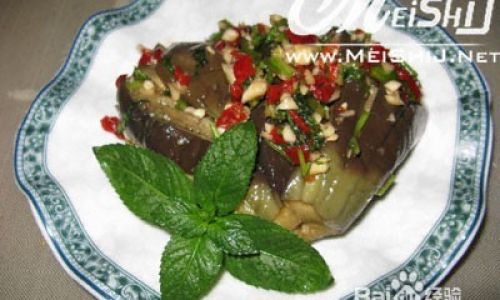
Pickled eggplants, a culinary delight enjoyed across various regions, offer a tangy, savory, and umami-rich flavor that can elevate any meal. Whether you’re serving them as a side dish, incorporating them into salads, or using them as a condiment, pickled eggplants can add a unique twist to your culinary repertoire. But how do you make them truly delicious? This comprehensive guide will walk you through the art of crafting perfect pickled eggplants, from selecting the right ingredients to perfecting the pickling process. By the end, you’ll be equipped with the knowledge and skills to create pickled eggplants that are not only tasty but also preserve the essence of this timeless preservation technique.
Chapter 1: Understanding the Basics
Before diving into the recipe, it’s crucial to understand the fundamentals of pickling. Pickling is a preservation method that involves submerging food in a brine, vinegar, or a combination of both, often with the addition of spices, herbs, and sugars. This process not only extends the shelf life of the food but also enhances its flavor through fermentation or the infusion of pickling ingredients.
1 Choosing the Right Eggplants
The quality of your pickled eggplants begins with the choice of eggplants. Look for firm, glossy, and evenly colored eggplants with no soft spots or bruises. Smaller, more tender varieties tend to pickle better as they have a less bitter flavor and a more tender texture. Varieties like Indian baby eggplants or Japanese nasu are ideal, but larger globe eggplants can also be used if they are young and fresh.
2 Essential Ingredients
- Vinegar: Apple cider vinegar, white vinegar, or rice vinegar are popular choices. Each type offers a distinct flavor profile, so choose one that complements your taste preferences.
- Salt: Kosher or pickling salt is recommended as it doesn’t contain anti-caking agents that could cloud the brine.
- Sugar: A small amount of sugar balances the acidity and adds a touch of sweetness, enhancing the overall flavor.
- Spices and Herbs: Garlic, red pepper flakes, dill, mustard seeds, and bay leaves are classic additions. Feel free to experiment with other spices like coriander seeds, cumin, or even citrus zest to create unique flavors.
- Water: Clean, filtered water is essential for making the brine.
Chapter 2: Preparation Techniques
Proper preparation is key to ensuring your pickled eggplants are both delicious and safe to eat.
1 Washing and Drying
Thoroughly wash the eggplants under running water to remove any dirt or pesticides. Pat them dry using a clean kitchen towel or paper towels. Ensuring the eggplants are completely dry is crucial to prevent mold during the pickling process.
2 Pricking and Slicing
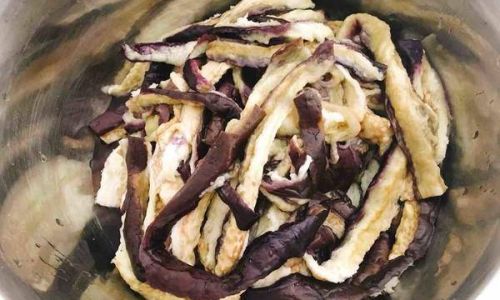
To allow the brine to penetrate the eggplants, prick them with a fork or make small slits on their surfaces. Alternatively, you can slice them into rounds or halves, depending on your preference. Slicing them thinly will speed up the pickling process but may result in softer texture. Thicker slices retain their shape and texture better but take longer to pickle.
Chapter 3: Making the Pickling Brine
The brine is the lifeblood of pickled eggplants. It’s what gives them their tangy flavor and preserves them.
1 Basic Brine Recipe
-
Ingredients:
- 2 cups vinegar (your choice)
- 1 cup water
- 2 tablespoons sugar
- 2 tablespoons salt
- 1 teaspoon mixed pickling spices (or individual spices of your choice)
-
Instructions:
- In a medium saucepan, combine vinegar, water, sugar, and salt.
- Heat the mixture over medium heat until the sugar and salt are fully dissolved.
- Add the pickling spices and let the mixture simmer for about 5 minutes to allow the flavors to meld.
- Remove from heat and let it cool completely before using.
2 Customizing the Brine
Feel free to customize the brine to suit your taste. For example, adding a handful of fresh herbs like dill or thyme can infuse the brine with additional aroma and flavor. If you prefer a sweeter pickle, increase the sugar slightly. For a more tangy version, use a higher ratio of vinegar to water.
Chapter 4: The Pickling Process
Now that you have your brine ready and your eggplants prepared, it’s time to start pickling.
1 Packing the Jars
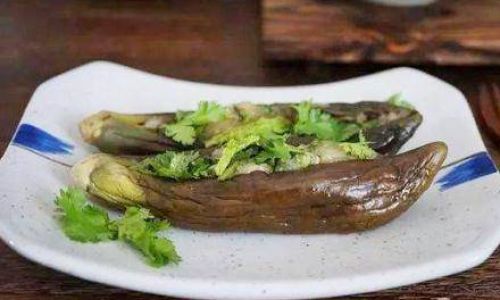
- Sterilizing Jars: Start by sterilizing your glass jars. This can be done by boiling them in water for about 10 minutes or running them through the dishwasher’s hot cycle.
- Packing the Eggplants: Pack the prepared eggplants tightly into the jars. You can add whole garlic cloves, red pepper flakes, and fresh herbs between layers for extra flavor.
2 Pouring the Brine
Carefully pour the cooled brine over the eggplants, ensuring they are fully submerged. If necessary, use a weight like a small glass or a pickle press to keep the eggplants under the brine. This prevents them from floating and exposure to air, which can cause spoilage.
3 Sealing and Storing
Tightly seal the jars with lids and let them sit at room temperature for 24-48 hours. This allows the flavors to meld and the initial fermentation to begin. After this period, transfer the jars to the refrigerator. Cold temperatures slow down the fermentation process, preserving the eggplants and allowing them to develop a deeper flavor over time.
Chapter 5: Troubleshooting and Tips
Even the most seasoned picklers can encounter issues. Here are some troubleshooting tips and additional advice to ensure your pickled eggplants are a success.
1 Cloudy Brine
Cloudy brine is often caused by natural yeast and bacteria present on the eggplants. It’s generally harmless but can be prevented by ensuring all equipment and ingredients are clean and by using distilled vinegar instead of regular vinegar.
2 Soft Eggplants
Over-pickling or using old, less firm eggplants can result in soft texture. To avoid this, use fresh, tender eggplants and monitor the pickling process closely. If the eggplants become too soft, you can stop the pickling process by transferring the jars to the refrigerator immediately.
3 Adjusting Flavors
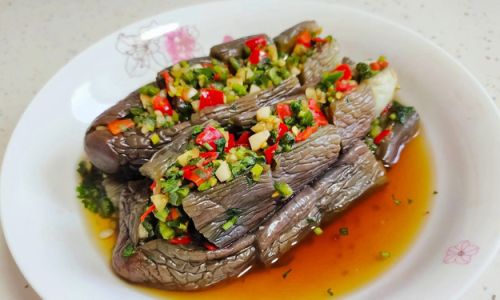
If your pickled eggplants are too tangy, you can add a small amount of sugar syrup (made by dissolving sugar in water and heating until clear) to balance the flavor. Conversely, if they lack tang, you can make a stronger brine and add a splash to the jars.
Chapter 6: Serving and Enjoying
Once your pickled eggplants have reached your desired flavor and texture, it’s time to enjoy them.
1 Serving Suggestions
- As a Side Dish: Serve them alongside grilled meats, roasted vegetables, or rice dishes.
- In Salads: Add them to fresh green salads or pasta salads for a tangy crunch.
- As a Condiment: Use them as a topping for sandwiches, burgers, or hot dogs.
- In Cooking: Incorporate them into stir-fries, soups, or stews for an extra layer of flavor.
2 Storage
Properly stored, pickled eggplants can last for several months in the refrigerator. Always use clean utensils when removing them to avoid contamination.
Conclusion
Making delicious pickled eggplants is a rewarding culinary endeavor that combines science with artistry. By following the steps outlined in this guide, you’ll be able to craft pickled eggplants that are not only delicious but also beautifully preserved. Remember, the key to success lies in using fresh, high-quality ingredients, meticulous preparation, and patience. With each batch, you’ll gain more experience and confidence, enabling you to experiment with new flavors and techniques. So, gather your ingredients, roll up your sleeves, and embark on your pickling journey—your taste buds will thank you!
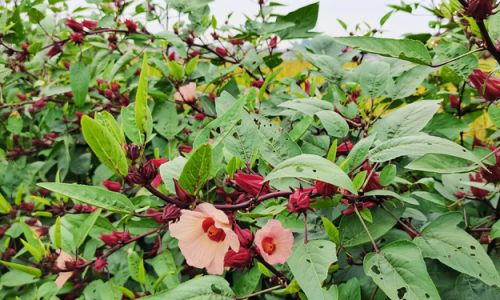
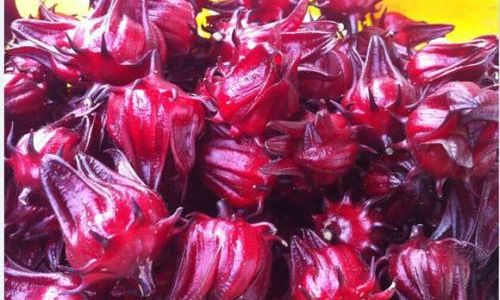

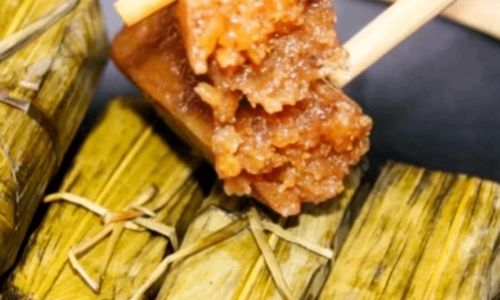
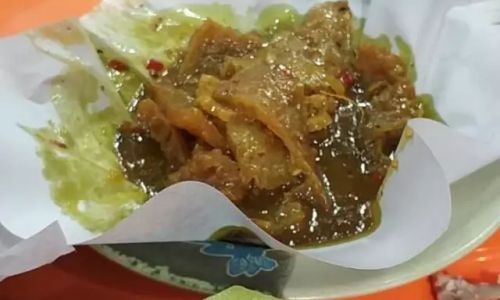
0 comments